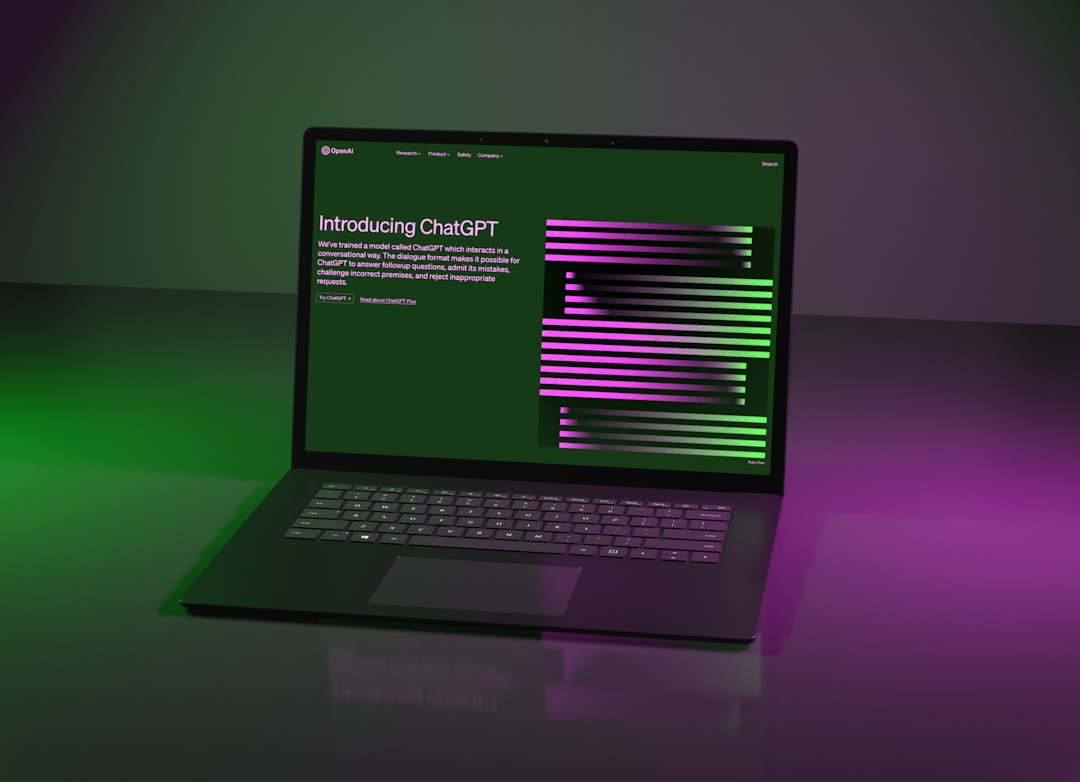Author
Larry-King Kang
Date published
Apr 2, 2023
To complement this guide, please check out my video presentation on unlocking the power of ChatGPT, available here.
Welcome to my quick-start comprehensive guide on ChatGPT, an advanced language model with diverse application across various domains. This resource is designed for users of all backgrounds and skill levels, tech-savvy or not. My goal is to provide a solid understanding of utilizing ChatGPT's capabilities and optimizing its performance, enabling you to harness its potential and transform your personal and professional lives. This guide will give you insights into effectively interacting with ChatGPT, empowering you to make the most of this powerful AI tool in various contexts. Let’s embark on this informative journey together and unlock ChatGPT’s potential to elevate the way you operate.
Table of Contents:
- 1. What is ChatGPT?
- 2. What Are its Functionalities?
- 3. Getting Better Responses and Results
- 4. Improving Response Limitations
- 5. Enhancing ChatGPT’s Output Quality
- 6. Important Considerations
- 7. Conclusion
- Cited Resources: OpenAI | ChatGPT |
- More posts like this
1. What is ChatGPT?
- ChatGPT is an advanced large language model AI capable of understanding and generating human-like text across a range of topics and styles. It can provide useful but sometimes inaccurate responses, depending on the context and input.
2. What Are its Functionalities?
- Answering questions
- Generating Content
- Providing Recommendations
- Chatting and Conversing
- Translating
- Problem-Solving
- Educational Assistance
- Language generation
- Text Classification
- Basic-to-Advanced Math
Although this list may not cover every functionality, it demonstrates that ChatGPT is a versatile tool capable of assisting users with a wide array of tasks. However, it requires some finesse to get the most out of it.
3. Getting Better Responses and Results
- Be specific with your questions—the more context and detail, the better.
- Use clear and concise language—try to avoid ambiguity.
- Break down complex questions into smaller and clearer pieces.
- Ask for step-by-step instructions or explanations.
- Experiment with different phrasing and approaches to a question.
4. Improving Response Limitations
- Be aware of and address the token limit—GPT-4 currently has 8,192 tokens.
- Request specific types of information (e.g., summaries, pros & cons, etc.)
- To allow more text per response, ChatGPT can exclude certain information, such as explanatory text or code comments, upon request.
- If ChatGPT reaches the end of a response, entering "Continue" will prompt it to pick up where it left off.
- You can instruct ChatGPT on how much text to generate and when to continue (e.g., "Write only the first 150 words and then stop. Don’t continue writing until I say 'continue'.")
5. Enhancing ChatGPT’s Output Quality
- Specifications & Clarification: As previously stated, The more specific and clear your requests are, the better the AI will be able to understand and respond to them.
- Prompt Engineering—start with a clear and concise prompt and build carefully from there.
- Request a specific format for your response.
- Provide feedback on generated content.
- Rate the quality of responses (extension of providing feedback).
- Offer suggestions for improvement.
- Continuously refine your prompts and queries.
- Adjust your approach based on previous interactions—ChatGPT learns from its mistakes, and you should too; it’s okay; we all make them.
- Instruct ChatGPT to think step-by-step or debate pros and cons before answering—help it solve the problem; after all, it is also learning at the same time we are.
- Diversify Inputs: Diversifying input data enhances a language model’s comprehension and text-generation abilities.
- Provide High-Quality Input—Relevant and high-quality data improves ChatGPT’s understanding and output.
- Provide Background & Context—This helps ChatGPT understand requests and generate more accurate and informative responses.
- Proper Grammar & Spelling—This is important to help the AI understand your requests and generate more accurate and natural responses. It is not a real person, so introducing complexities like slang and misspelling adds more work for the machine to complete initially, causing unwanted response complications.
6. Important Considerations
- Knowledge limitations: ChatGPT's knowledge is based on its training data, which spans up to September 2021. Consequently, it may not be aware of recent events, developments, or changes in certain fields.
- Bias: The model may unintentionally reflect or amplify biases present in the training data. Users should be aware of this and critically evaluate the output.
- Ambiguity handling: While ChatGPT is designed to understand context, it may sometimes generate less accurate responses when faced with ambiguous queries. Providing clear and specific prompts can help mitigate this.
- Repetition: In some cases, ChatGPT may generate repetitive content. Adjusting the input prompt or requesting a different perspective can help receive more diverse responses.
- Safety mitigations: OpenAI has implemented safety mitigations to reduce the risk of harmful or inappropriate content generation. However, it is still possible for unintended content to appear.
- Continuous updates: OpenAI is committed to refining and improving ChatGPT based on user feedback and experiences. This means the model will likely improve its capabilities and limitations over time.
7. Conclusion
Well, that’s it. That’s all there is to using ChatGPT and everything you need to know to get started and maximize your time. This guide has given you the essential knowledge and strategies to utilize ChatGPT and maximize its potential effectively. As you embark on your ChatGPT journey, remember that practice and experimentation are key to success. For those seeking more advanced techniques and in-depth exploration of GPT applications beyond general use, stay tuned for my upcoming Advanced Comprehensive Guide, designed to elevate your ChatGPT experience to new heights. Best of luck, and happy exploring; Cheers!



